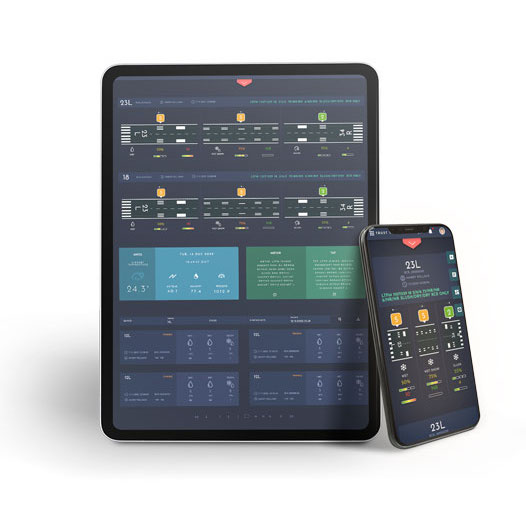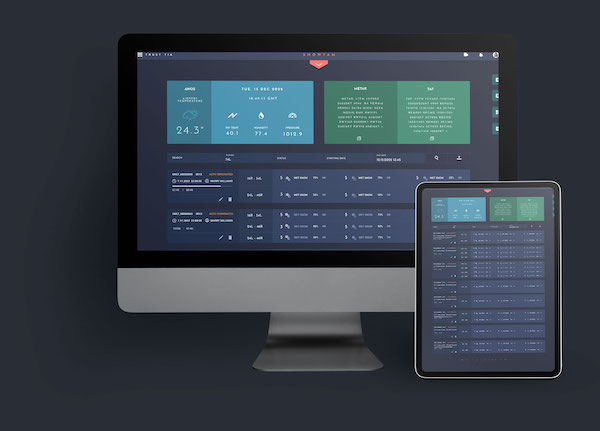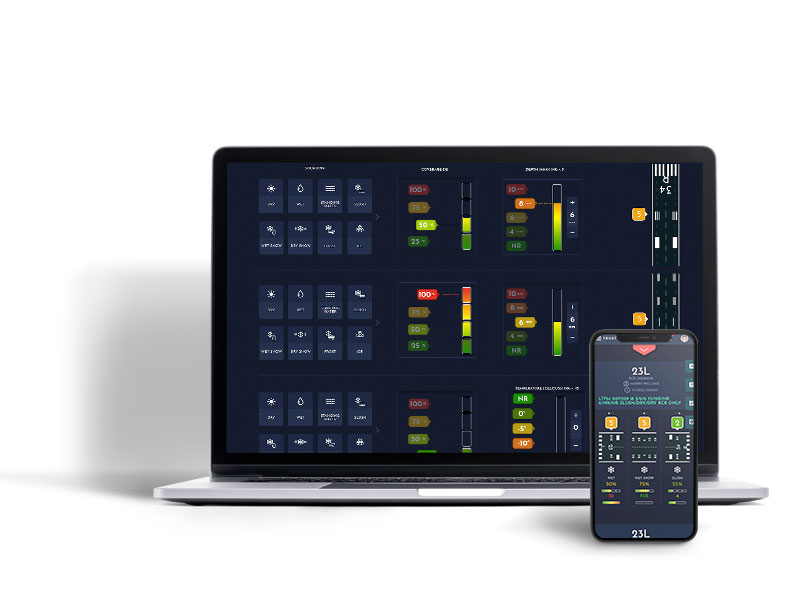
RUNWAY CONDITION REPORT
ICAO has developed a harmonised methodology for the assessment and reporting of runway surface conditions. This methodology, known as the Global Reporting Format (GRF), is being implemented globally from November 2020, with deployment activities currently underway.The GRF involves an assessment of runway surface conditions by a trained observer (normally airport operations personnel) who, using a globally recognised runway condition matrix, assigns a runway condition code to each third of the runway. This code is assigned to any runway using a globally recognised set of identifiers, including type, depth and amount of pavement, also in thirds and again in thirds. is completed with a description of a surface contaminant. The result of the assessment is then included in a standardised report, the Runway Condition Report (RCR), which is transmitted to air traffic and aviation information services for transmission to pilots by SNOWTAM, ATIS and, if necessary, also by radio broadcast. By correlating the RCR with aircraft performance data provided by the manufacturer, the flight crew can calculate take-off or landing performances. This matching of standardised observation and reporting with standardised aircraft data is a significant advantage of GRF.
Aviativerse RCR Module Features
- Daily, Monthly, Annual RCR display statistics,
- Active RCR results in real time,
- Automatic mailing of the created RCRs,
- Exporting RCR details to excel file,
- Automatic Weather Observation System (AWOS) Integration,
- Comparison with previous RCR,
- Notification by e-mail to official organisations and ATC Tower,
- Automatic record creation in the ATIS system,
- RCR management from mobile phone, tablet and PC.


The advantages of recording through ICAO Global Reporting Format (GRF) software include:
Quick and easy recording process: GRF software makes recording and reporting RCR fast and easy. Using the software is faster and more efficient than doing the logging manually. Automatic data collection saves time and resources.
Accurate and complete data: The GRF software records all important information about the RCR and makes the logging process more accurate and complete. Manual logging can contain more errors due to the risk of incorrect or incomplete data entry.
Automatic reporting and analysis: The GRF software can automatically analyze recorded data and generate reports, making incident investigation and reporting faster and easier.
Standard reporting format: The GRF software uses a standard reporting format, ensuring consistency and clarity in incident reports, which helps with better understanding and more effective management of incidents.
Data management: The GRF software ensures secure storage and management of recorded data, reducing the risk of data loss or damage.
In conclusion, using GRF software for incident recording results in a faster, more accurate, more efficient, and more effective process, which helps improve incident management in the aviation industry and create a safer aviation environment.
